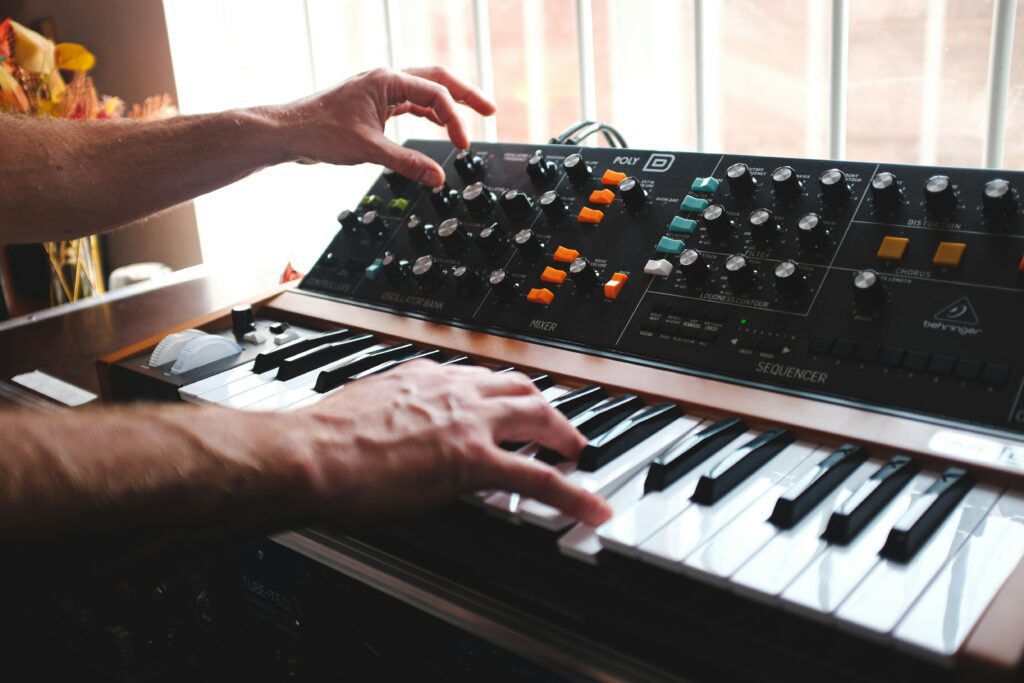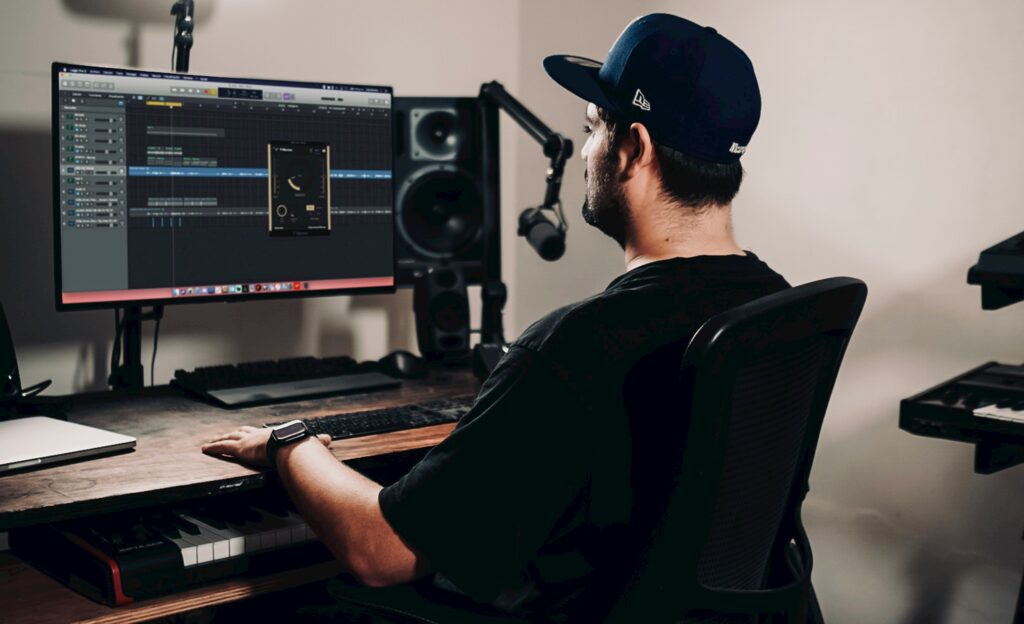Analog vs. Digital: Capturing the Magic of Analog Gear
When it comes to the debate between analog gear and their digital emulators, opinions are divided. Some argue that the warmth and subtle imperfections of analog hardware cannot be replicated by digital plugins, while others believe that modern digital emulations can capture the “analog texture and sound.” To shed light on this topic, let’s explore the different perspectives and considerations.
The Appeal of Analog Gear
Analog gear has long been cherished for its unique sonic characteristics. The warmth, saturation, and organic feel of analog equipment have made it a favorite among many audio professionals. The imperfections and idiosyncrasies of analog circuits contribute to the “magic” that some seek in their recordings and mixes. However, it’s important to note that no two analog units are exactly alike, adding to the allure of owning and using analog gear.


The Rise of Digital Emulations
In recent years, digital emulations of analog gear have made significant advancements. Plugins like apShaper and Kelvin are praised for their ability to deliver distortion that sounds similar to analog. While early digital emulations may have fallen short in terms of capturing the true essence of analog, the industry has invested heavily in improving these emulations. Renowned engineers like Andrew Scheps and Michael Brauer have embraced digital plugins and incorporated them into their workflows, indicating that digital is now good enough for even the most discerning ears.
The Convenience Factor
One of the advantages of digital plugins is their convenience. Unlike analog gear, which can be expensive, require maintenance, and take up physical space, digital plugins offer scalability and ease of use. They can be easily updated, migrated to newer operating systems, and provide a wide range of options at various price points. This convenience has led many professionals to adopt digital tools as their go-to solution for audio processing.


The Sound Aesthetic
It’s important to recognize that not everyone seeks the sound aesthetic of the old analog world. Some engineers and producers prefer the sound of digital from the moment it was introduced. They argue that digital surpassed analog in many ways, which is why some early adopters quickly transitioned to digital tape machines and hard disk recording systems. The sound quality and flexibility offered by digital technology were the driving factors behind their choice, despite the high price tags and constant need for updates.
The Importance of User Experience
While digital emulations may be functionally and sonically identical to their analog counterparts, there is still value in the user experience provided by analog hardware. The tactile controls, dedicated knobs, and switches offer a unique way of interacting with the gear. Some argue that this physicality adds to the creative process and enhances the overall workflow. Manufacturers and end users continue to invest in analog tools because they appreciate the tangible benefits they provide, even if the processing circuitry can be replicated digitally.


The Coexistence of Analog and Digital
In reality, the analog vs. digital debate is largely subjective and depends on individual preferences and needs. Both analog and digital tools have their strengths and weaknesses. Some audio processing tasks work better in the digital domain, while others benefit from the characteristics of analog gear. Ultimately, the choice of tools should be based on the desired outcome and the engineer’s personal taste. In an ideal world, a combination of hardware and software would be available to all, allowing for a versatile and flexible approach to audio production.
Conclusion
The analog vs. digital debate will likely continue as long as there are audio professionals passionate about their craft. While digital emulations have come a long way in capturing the essence of analog gear, there are still distinguishing traits that some argue haven’t been fully realized in the digital realm. However, countless successful productions have been created entirely in the digital domain, proving that the tools used are more than capable of delivering professional results. Ultimately, it is the engineer’s skill, creativity, and musicality that matter most, regardless of whether they choose analog, digital, or a combination of both.